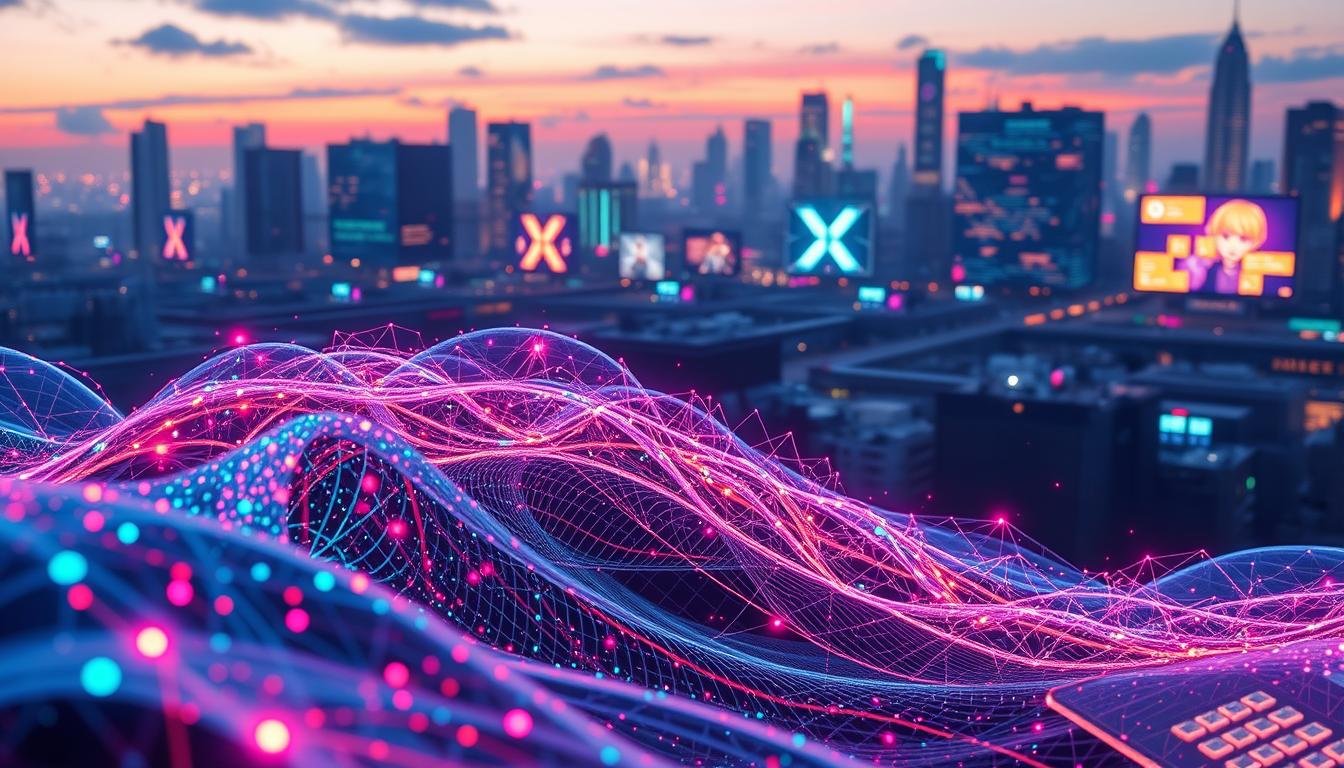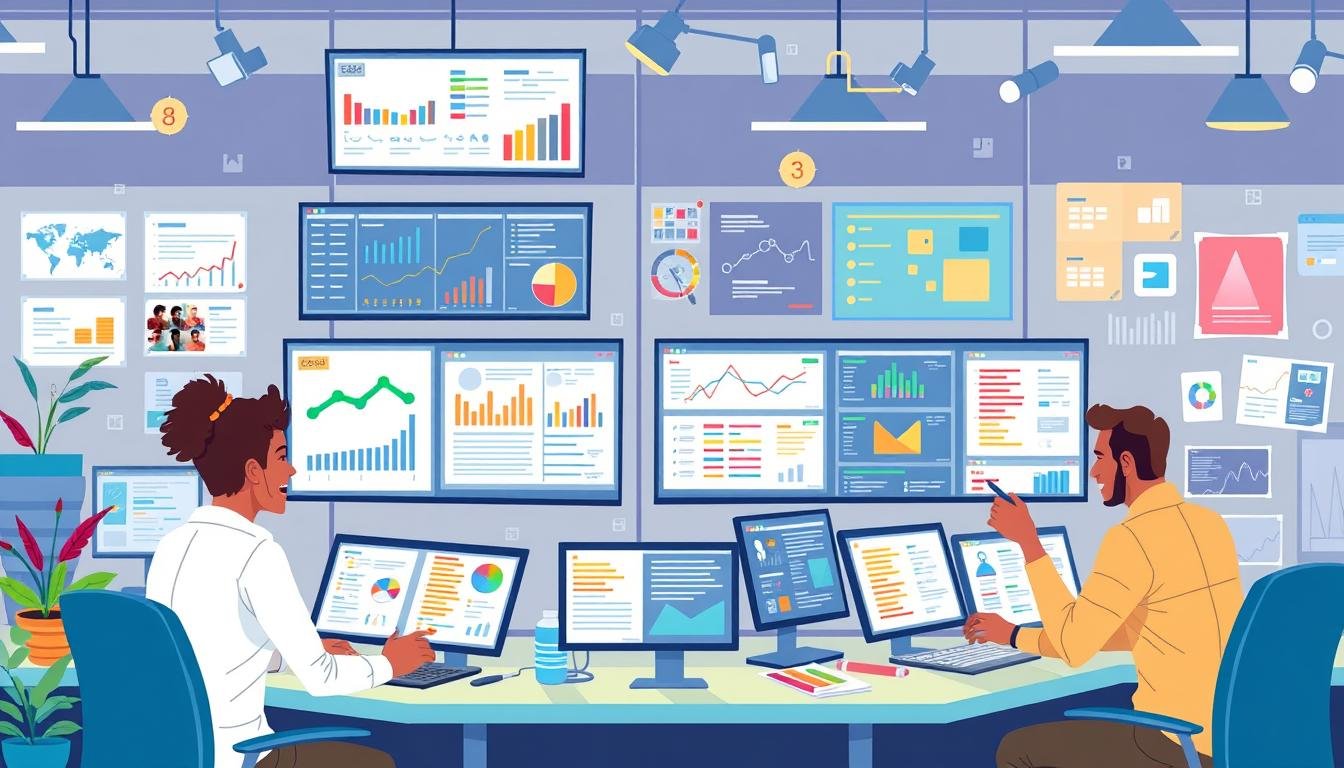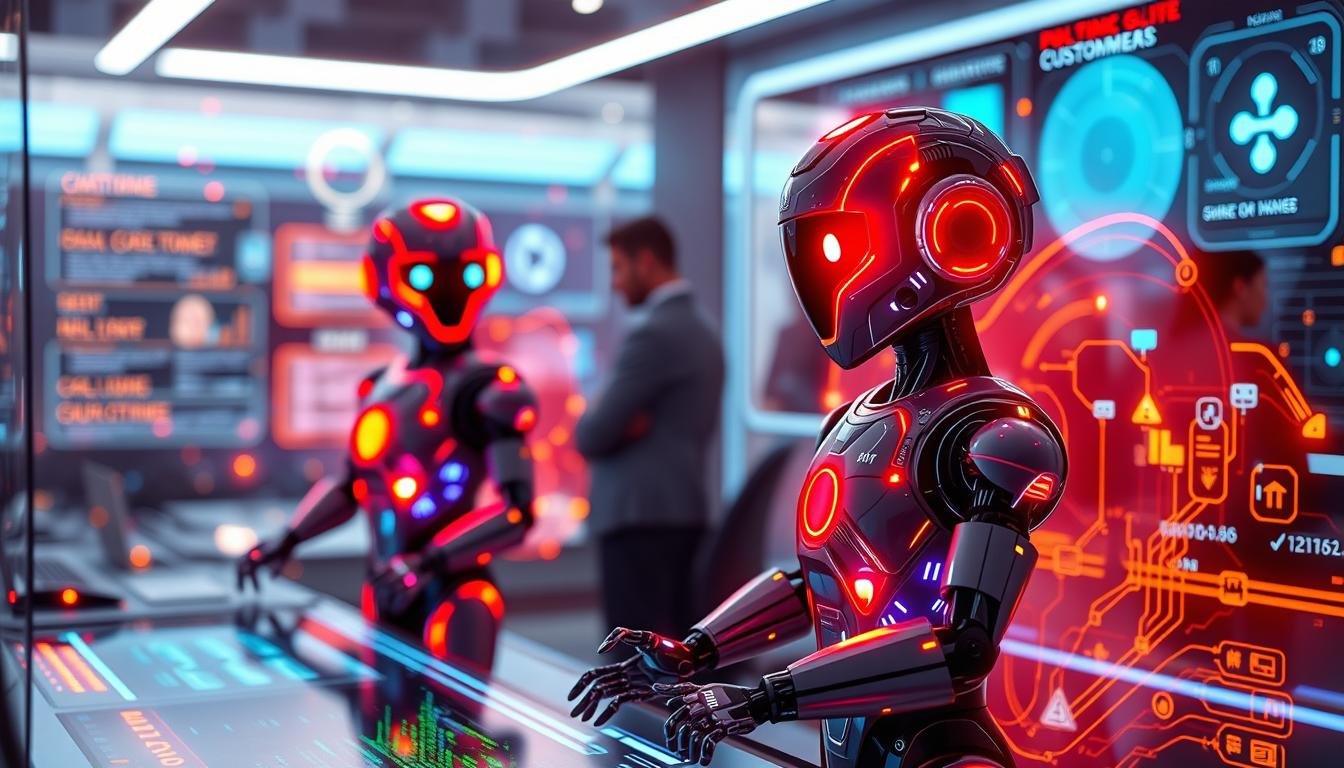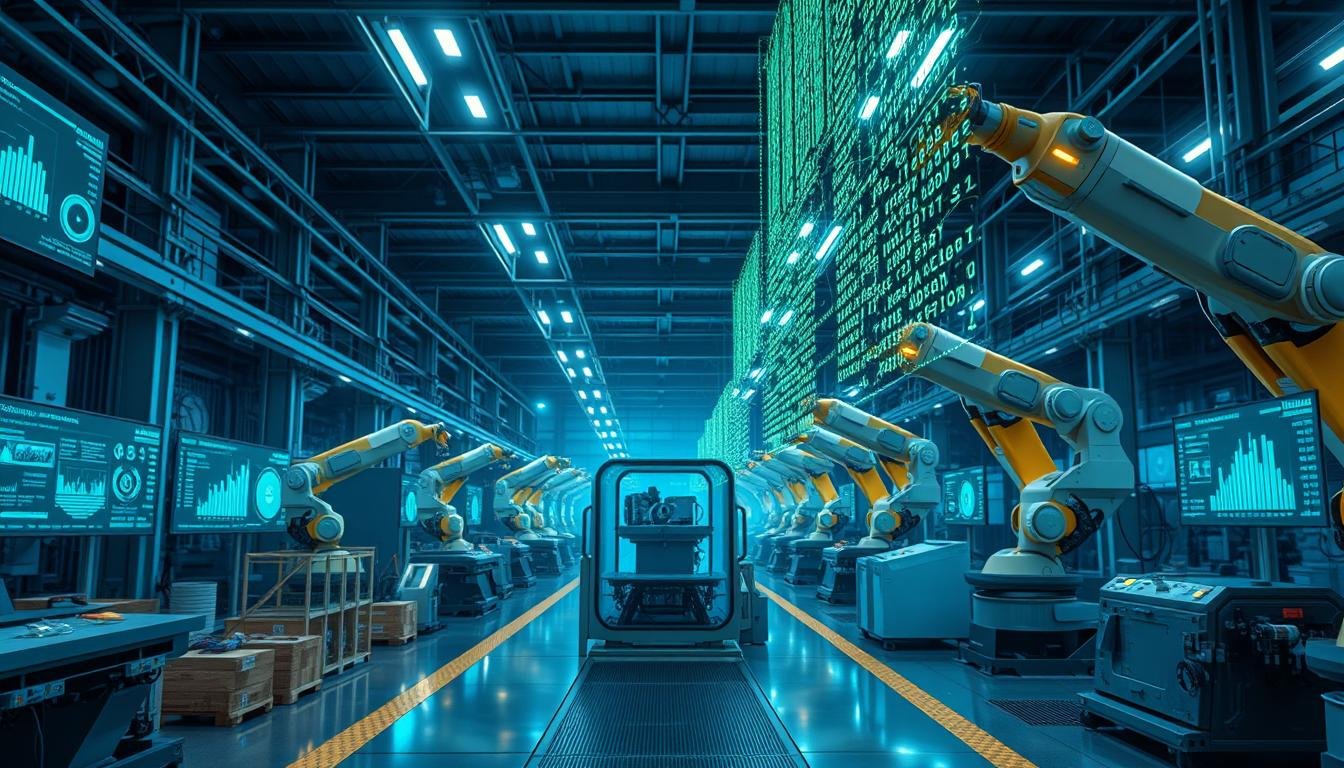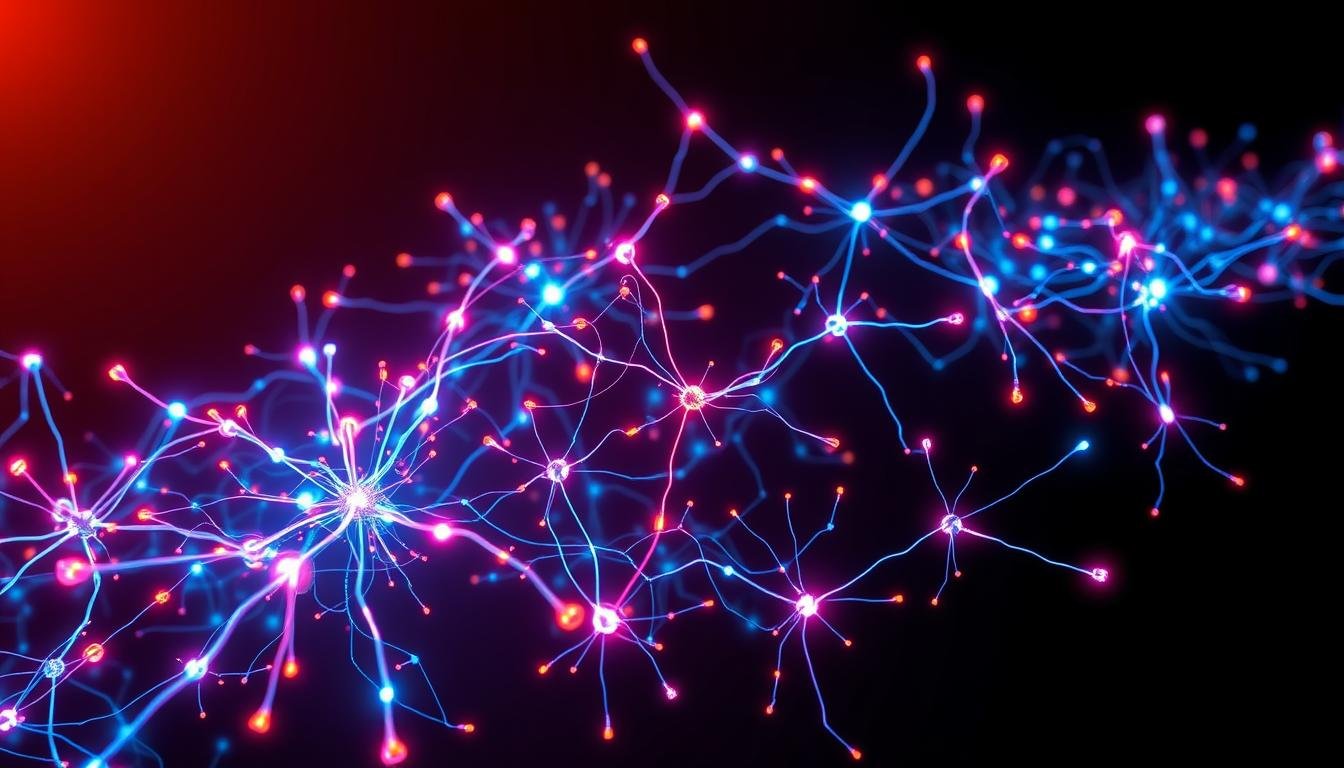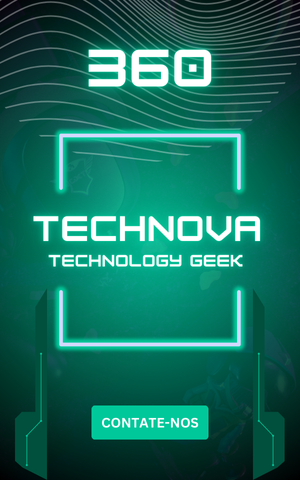Since ChatGPT debuted in November 2022, generative AI has made huge strides. New tools and updates arrive every month. Generative AI tools like ChatGPT and DALL-E are set to revolutionize many jobs.
McKinsey predicts that generative AI could boost the global economy by $4.4 trillion each year. In just three years, any tech, media, or telecom not using AI will be seen as outdated.
Key Takeaways
- AI adoption has more than doubled over the past five years, according to a 2022 McKinsey survey.
- Generative AI applications stand to add up to $4.4 trillion annually to the global economy, as per McKinsey research.
- OpenAI’s GPT-3 was trained on around 45 terabytes of text data, at an estimated cost of several million dollars.
- Generative AI tools can produce a wide variety of credible writing in seconds, benefiting industries such as IT, software, marketing, and healthcare.
- Developing a generative AI model is resource-intensive and typically only feasible for large, well-resourced companies like OpenAI and DeepMind.
What is Generative AI?
Artificial intelligence has changed the game, making machines think like humans. It lets them do many things on their own. Generative AI is a big step forward. It can make new images, text, and content whenever we want.
Understanding the Basics of Generative AI
Generative AI is a huge leap in AI tech. It’s different from old AI that just looks at and sorts content. Now, it can make new stuff all by itself. This opens up new ways to create and express ourselves.
Exploring the Capabilities of Generative AI Models
Large language models (LLMs) have grown a lot. They have billions or trillions of parameters. Models like OpenAI’s GPT-3.5 and GPT-4 can understand and create text and images. They’re used in many fields, from helping customers to making new medicines.
Generative AI can do a lot of good things. It can make content for us, save time, and make things look real. But, it also brings up big questions. Like how to stop it from being used badly, and how to make sure it’s fair and accurate.
| Generative AI Capabilities | Examples |
|---|---|
| Natural Language Processing | Chatbots, virtual assistants, content generation |
| Image Generation | Photorealistic images, artwork, product designs |
| Video and Audio Generation | Synthetic media, music composition, voice cloning |
| Multi-Modal Integration | Combining text, images, and other media |
“Generative AI has had the fastest acceptance and usage growth of any new technology, even surpassing the iPhone.”
Key Generative AI Tools and Their Applications
The world of generative AI is changing fast. Tools like OpenAI’s GPT-3 and DALL-E, and Google’s BERT and Meta’s Make-A-Video are making big waves. They’re changing how we make and use content.
These tools use advanced tech like Generative Adversarial Networks (GANs) and Transformer models. They create content that looks and feels like it was made by humans. They’re being used in many fields, from marketing to design and entertainment.
These tools are really popular. OpenAI’s ChatGPT got over a million users in just five days. This shows how much people want to use these AI tools. Companies are using them to make content faster and to come up with new ideas.
Tools like GPT-3, DALL-E 2, and Stable Diffusion are making AI easier to use. They help developers and non-tech people use AI for things like marketing and even finding new medicines. They’re really versatile and can change many industries.
But we need to be careful with these AI tools. We have to worry about how accurate they are and if they’re biased. Companies using AI need to work together, make clear rules, and follow the law and ethics.
The generative AI market is expected to grow a lot. It’s going to be worth $58 billion by 2032. This shows how big of a deal these tools are. Companies need to keep up with these changes.
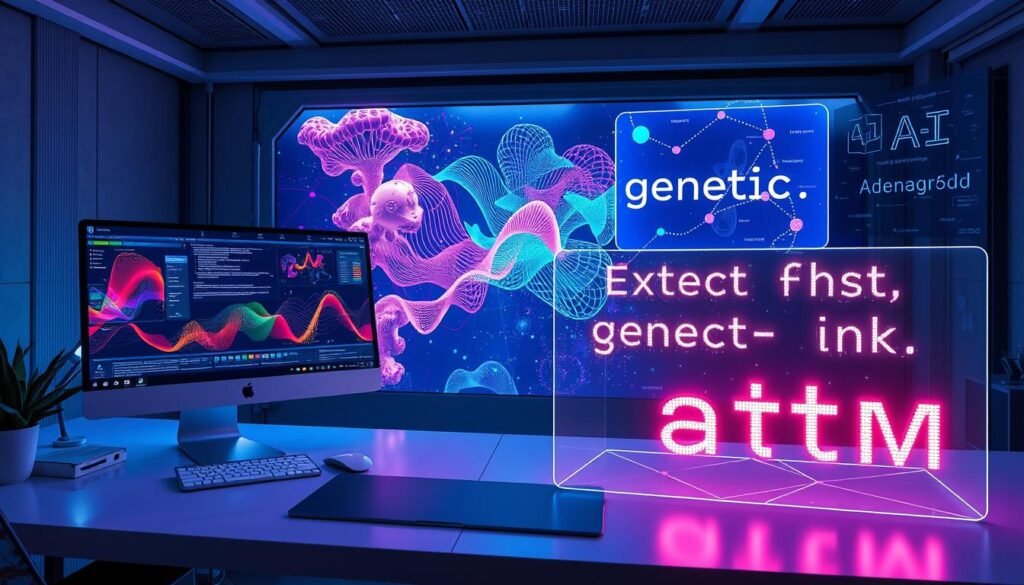
“Generative AI shows immense potential to revolutionize human tasks, from interaction labor and customer service to creativity and innovation. As these tools continue to advance, it’s crucial to navigate the opportunities and challenges with care and foresight.”
The Rise of Generative AI: How Tools Like ChatGPT and DALL-E Are Transforming Co
The arrival of powerful generative AI tools like ChatGPT and DALL-E has started a new chapter in content creation. These advanced models, made by companies like OpenAI, can create text and images that seem almost human. They are changing how we do creative work.
ChatGPT: The Game-Changing Language Model
ChatGPT, OpenAI’s text model, has amazed everyone with its ability to write like a human. It can write essays, poetry, and even code. This chatbot shows that AI can be as creative as humans in many areas.
DALL-E: Revolutionizing Image Generation
DALL-E, another OpenAI creation, has changed the game in image making. It turns text into beautiful, original pictures. This tool could change industries like graphic design, fashion, and marketing, where good visuals are key.
The impact of ChatGPT and DALL-E on content creation is huge. As these AI tools get better and more available, they will open up endless possibilities. They can make workflows smoother, boost creativity, and drive innovation in many fields.
“Generative AI models like ChatGPT and DALL-E are poised to transform content creation, empowering professionals and individuals alike to unleash their creativity and boost productivity in remarkable ways.”
Generative AI and the Future of Content Creation
Generative AI tools like ChatGPT and DALL-E are changing content creation. They bring new levels of efficiency and scalability to the table.
Efficiency and Scalability in Content Production
These tools automate repetitive tasks. This lets human creators focus on creative decisions. They use deep learning to make text, images, and code that fits perfectly.
Creating lots of high-quality content is now easier. This helps businesses meet market demands fast. It also makes marketing more personal, boosting customer engagement and sales.
Fostering Innovation and Creativity
Generative AI can also spark innovation and creativity. It opens up new ideas and ways of thinking. This can lead to more exciting content.
AI offers endless possibilities and unique content ideas. This lets creators try new things and make better content. It makes the content more engaging for everyone.
The future of content creation looks bright with generative AI. It balances human creativity with tech efficiency. This could lead to a more colorful and varied digital world.
Ethical Considerations and Challenges
Generative AI is changing how we create content, but it raises big ethical questions. There’s worry about AI content being used to spread false information or sway public opinion. Also, there’s concern that AI might replace human-made content without giving credit where it’s due.
Another big problem is bias and errors in the data AI models are trained on. This can lead to content that’s harmful or doesn’t show the real world. For example, AI images often show biases, like more people with darker skin in certain roles.
There’s also a big question about who owns AI-generated content. Creators and artists want to know how it’s made and who gets to use it. They’re asking for more openness from developers about their sources and permissions.
As the AI market grows fast, reaching $1.3 trillion by 2032, we need strong rules and guidelines. We must ensure AI is used right, handle security, and protect data. We also need clear rules for using AI in different fields.
| Ethical Considerations | Challenges |
|---|---|
|
|

We must tackle these ethical issues and challenges as generative AI grows. By working together, we can use this technology wisely. This way, it benefits everyone, not just a few.
Generative AI in Business and Industry
Generative AI tools are changing the game in many business and industry areas. Companies are using these advanced technologies to make their work easier, improve content, and find new sector chances. They help with tasks that take a lot of time and create top-notch marketing stuff. Generative AI is making a big splash in many industries.
Revolutionizing Content Creation Across Sectors
Generative AI is making a big impact on content creation. Businesses use these tools to make lots of marketing stuff, product descriptions, and talk to customers. This is all done very efficiently. In the software world, generative AI helps write code and make it better, making development faster.
| Sector | Generative AI Applications |
|---|---|
| Marketing | Automated content generation, personalized customer communications, and data-driven campaign optimization |
| Legal Services | Contract drafting, legal research, and document review |
| Insurance | Personalized policy recommendations, risk assessment, and claims processing |
| Media | AI-generated news articles, social media content, and video production |
| Data Analytics | Predictive modeling, natural language processing, and data visualization |
| Consumer Technology | Personalized product recommendations, virtual assistants, and user-generated content |
As more businesses use generative AI, they’ll see big benefits. These include working more efficiently and coming up with new ideas.
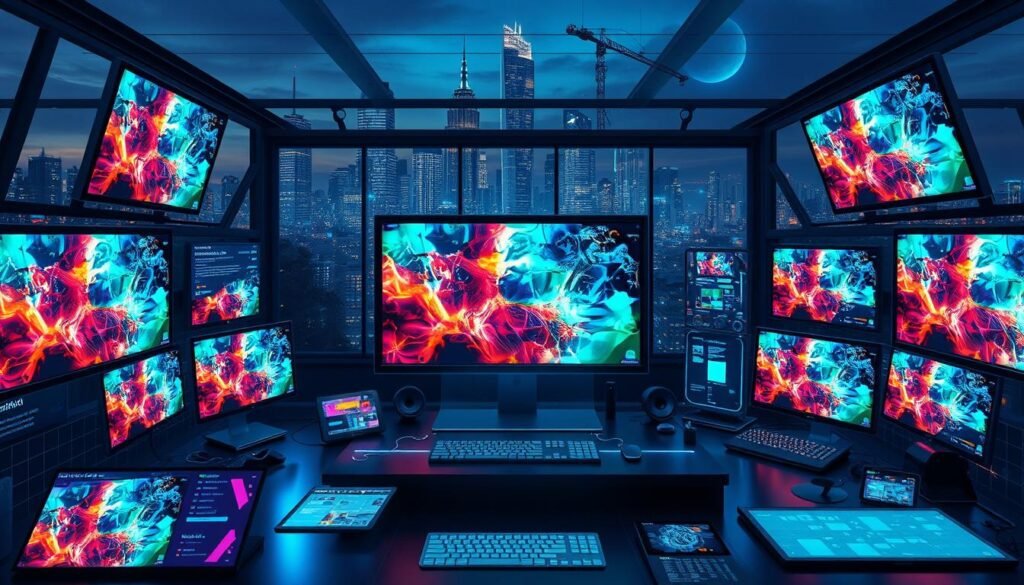
“Generative AI could increase global GDP by $7–10 trillion, or as much as 10%.”
– J.P. Morgan Research
Getting Started with Generative AI
The world of generative AI is changing fast. It offers endless opportunities for those eager to explore. Tools like ChatGPT and DALL-E make it easy to use this powerful tech.
Prompts and Examples for Text and Image Generation
Effective prompts are key to unlocking generative AI’s full potential. By trying different prompts, users learn how these models work. They can create everything from stories to summaries of complex research.
Image generation tools like DALL-E turn text into amazing visuals. You can make custom illustrations, product mockups, or abstract art. These AI tools bring your ideas to life in ways you never thought possible.
As generative AI gets better, it’s important for creators and professionals to keep up. By using this tool, they can work more efficiently and creatively. It opens up new possibilities in their fields.
| Tool | Capabilities | Key Features |
|---|---|---|
| ChatGPT | Text generation, language modeling, question-answering | Contextual understanding, creative writing, language translation |
| DALL-E | Image generation, visual content creation | Transforming text prompts into unique and compelling visuals |
Exploring new generative AI tools opens up endless possibilities. It brings new levels of efficiency, creativity, and innovation. The future of this tech is exciting, with endless applications waiting to be discovered.
“Generative AI is a game-changer, unlocking new frontiers in content creation and beyond. The possibilities are truly limitless.” – Jane Doe, Marketing Strategist
The Impact of Generative AI on Content Creators
Generative AI has changed the world of content creation. It makes us wonder about the future of human creativity. Tools like ChatGPT and DALL-E are pushing what’s possible, making content creators both excited and worried.
Some worry AI could replace human creators. But, the truth is, AI can make human creativity better. It can do the boring tasks, letting creators focus on the creative stuff. AI can also spark new ideas, helping creators explore and try new things.
As AI-generated content grows, creators need to learn how to use it well. They must keep their work real and valuable. People want content that feels human. By working with AI, creators can make better, more engaging content for their audience.
